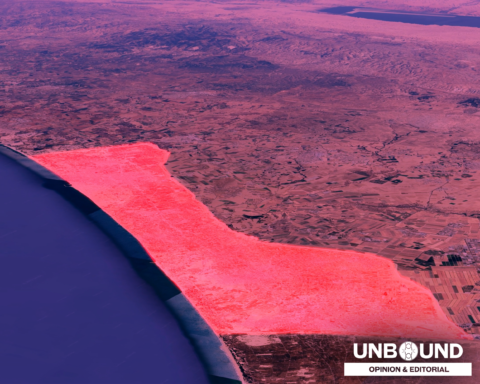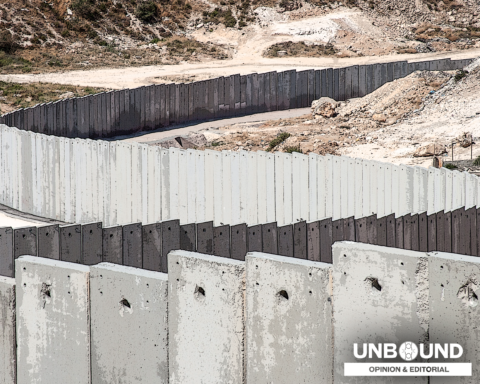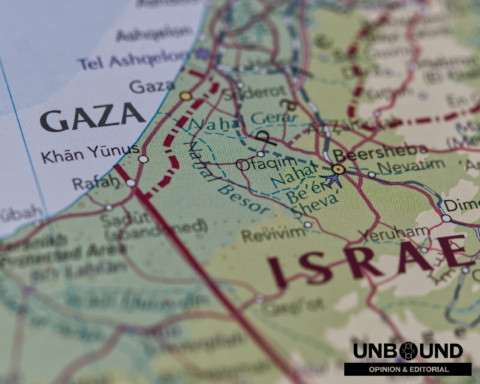Mosaic of Peace, Day 4

When I was quite young, (exactly how many years ago, I prefer not to share), my grandmother toured the Holy Land. I remember caressing the olive wood trinkets, looking through the pictures with her, and deciding that one day, I too would go to this holy place and walk where Jesus walked. I just knew that if I went there and saw, felt, heard, touched, smelled the very places he was, it would forever change my relationship with God.
More than a few decades later, here I sit in that land called “holy”, seeking God’s peace and walking where Jesus walked.
The first “holy site” we visited here was The Church of the Holy Sepulchre. The crush of people was overwhelming the first time we entered the Church. We were there on our first full day in Jerusalem, and I was still a bit disoriented and getting my feet under me in this new place. Having been to other parts of the Middle East, it wasn’t completely foreign to me, but it was the first time I’d stepped foot in this city they call holy – this place I had long revered.
___________________________________________
“Perhaps it is, perhaps it is not. Doesn’t matter. He’s not there. He’s alive.”
___________________________________________
The Church of the Holy Sepulchre is considered one of the holiest of Christian holy sites. It is said to surround the rock on which the cross of Jesus stood when he gave his last breath for us. Is it really the rock on which our Lord died? Maybe. But church tradition for many is that it is the indisputable site of that incredible divine game-changer.

The moment we entered, we were faced with the Stone of Ablution. This is said to be the stone on which Jesus’ body was prepared for the tomb. Is it really? In the words of our intrepid guide Farraj, “Perhaps it is, perhaps it is not. Doesn’t matter. He’s not there. He’s alive.” I was fascinated by the rock and the devotion of the people who knelt by it, kissed it, rubbed rosaries and medallions on it to carry with them some bit of holiness when they return to their homes and families. But it didn’t feel holy. The wave of the people and the chatter of voices, the clack of hundreds of feet on the old stone floor. . .
It didn’t feel holy to me.
I kept moving through the swarm of people, trying not to lose the group. We swept past the Golgotha rock (the real one? Perhaps, perhaps not.), past some ornate chapels, a small church within a church over what is said to be the tomb of Christ (the real one? Perhaps, perhaps not. But probably not – Jesus’ tomb would have been outside the city walls.) The whole experience was dizzying.
There were people there who were clearly feeling some strong and holy emotions in that place. There were people who within the deepest recesses of their being felt a holy connection to that place. And yet. . . I just felt rushed. Anxious. Overwhelmed. Empty. It felt like any other old and ornate building I’ve been in.
Two days later, we went again. This time, instead of going during the day, we got up early to be let in when the church opened. When my alarm went off, I almost shut it off and went back to sleep, but I reminded myself that if I slept in this day, it would be a decision I would regret for the rest of my life. So, at 4:45am, I traipsed down the stone road with some others from our delegation and waited to be let in.
When we got there, there were only a handful of other people there waiting, along with an orange cat who seemed to know the routine well.
This time, we entered a silent church.
No shuffling tourists in every corner.
No clack of hundreds of shoes on the stones.
No chatter.
No one knelt by the stone, rubbing trinkets and paper on it.
The church felt smaller and larger, all at once.
This time, we were able to climb the stairs to the top of the rock where perhaps Jesus died, perhaps not. And while, I didn’t get any jolt of Jesus-y lightning and awe from the rock itself, the devotion of those who did sat heavy and holy on my being in a sacred way I can only begin to express.
As my tears welled up from the power of the prayer in the air around me, the priest downstairs began to chant. As his clear tenor voice filled the dome of the church, it seemed to carry the prayers of everyone there up into heaven. I moved back downstairs, listening carefully to the priest and exploring every corner of the church that wasn’t roped off or locked. I was able to be alone with God and my own thoughts. While the place itself felt no more overtly holy to me than it had the day before, the presence of God was there where I’d struggled to connect just two days before.
We spent an hour there. Sometimes I sat and just listened. Sometimes I wandered and found new coves and doors and interesting things. It was a completely different place than it had been the first time we were there. Until it wasn’t.
___________________________________________
When I left the church this second time, I almost felt as though I’d been squeezed out. There was no longer any room for me.
___________________________________________
As the hour wore on, more people began to enter the church. I didn’t even notice them at first – I was too lost in my own explorations and prayers. Then I began to feel jostled. A man and his wife struck up a nearly full-volume conversation next to me as the cantor looked over at them in annoyance. Before I knew it, this holy space had once again swelled back up to the intense swarm of people it was before. People poured bags full of rosaries on the Stone of Ablution, clattering and rattling as they rubbed them on the stone. Footsteps filled the silence.
When I left the church this second time, I almost felt as though I’d been squeezed out. There was no longer any room for me. The holy was replaced with spectacle. Reverence was exchanged for drama. Prayer ended and people began to check off another item on their bucket lists.
The world’s three largest religions have holy sites here: Jewish, Christian, and Muslim people alike have a kinship or draw to the land here. We want to feel closer to God, so we flock to the holy sites. But God is not tied to a place. God is in the quiet places.
___________________________________________
Our prayers are no more heard by God when we write them and leave them in a “holy site” than they are heard within the humble walls of our own homes. God is so much bigger than that.
___________________________________________
In 1 Kings 19:9 and following, Elijah is told by God to go wait on a mountain – one of the ones we’ve been on this week? Perhaps, perhaps not – and God’s presence will come to him. But God is not in the pomp and drama of a strong wind. God is not in the shaking power of an earthquake. God is not in the consuming rage of the fire. God comes to Elijah in a still, small voice.
Jesus came so that all people might be freed from the oppression of sin. He broke wide open barriers of national borders, language, economics, race, and gender. God is not only with those who live in or touch a particular place. God is not only in the gilded trappings of a centuries old church. God is not just somehow rubbed off a stone onto a bead or a piece of paper. Our prayers are no more heard by God when we write them and leave them in a “holy site” than they are heard within the humble walls of our own homes. God is so much bigger than that.
It’s funny, as I look back to my wide-eyed childhood, that I had to travel 5,954 miles to be reminded that God is in the places I go every day. God is in the empty sanctuary when I arrive to church alone before worship on Sunday morning. God is right there beside me in the quiet woods when I go out for a morning run. God is in the early hours of the day I enjoy while the rest of my household sleeps. God, my friends, is right beside you, above you, below you; God is in front of, behind, within, and all around you.
We just have to remove ourselves from the chaos of the world around us and listen for the still, small voice.
***
The Mosaic of Peace trip is part of the ministry of the Presbyterian Peace Program. It brings members and partners of the PC(USA) from a variety of backgrounds to Israel-Palestine in order to “experience this remarkable and troubled region, encounter its diverse people, explore its rich history and complex current situation, and engage with those who seek its peace.”
This blog entry was contributed by Rev. Charissa Clark Howe, as part of our effort to bring back and share the stories of Mosaic of Peace 2018. Today’s photos were provided by Henry Koenig Stone. The full blog is co-hosted by Unbound and by the Presbyterian Peacemaking Program.





Unbound Social